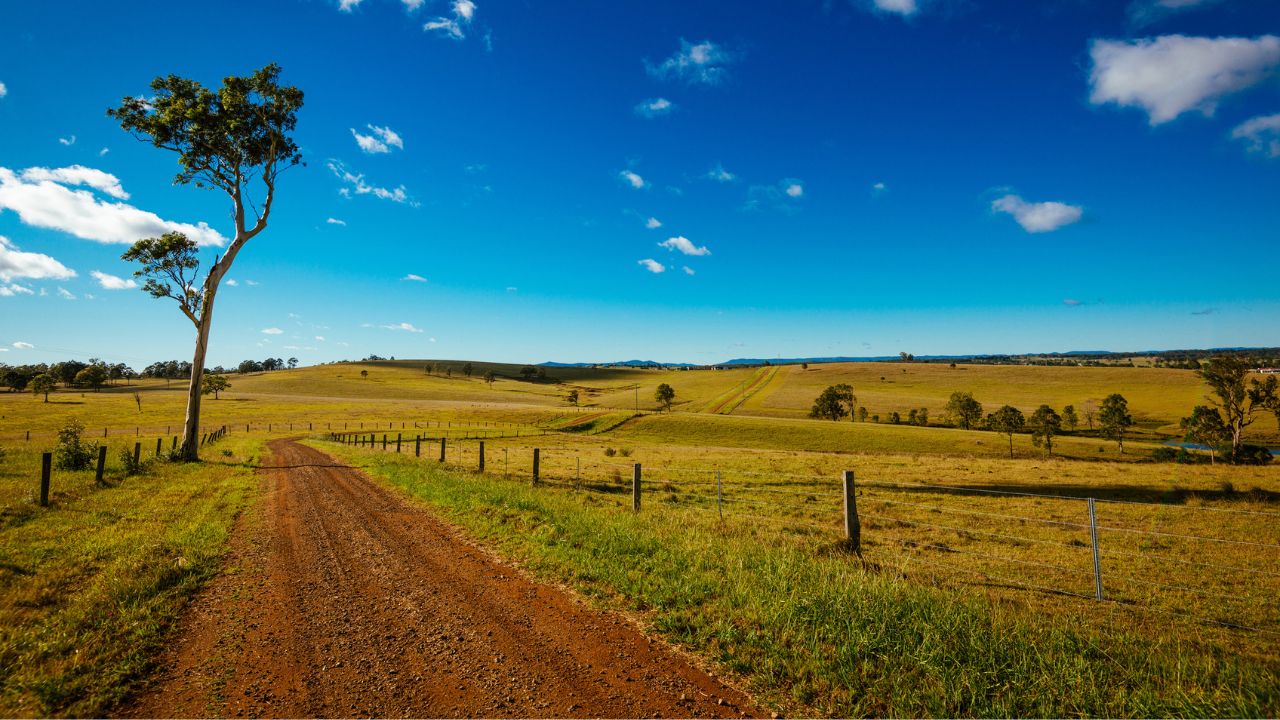According to Rabobank’s 2025 Australian Farmland Price Outlook, farmers should expect base case growth of three per cent for agricultural land prices in the coming year, rebounding from a six per cent decline recorded in 2024.
This decline came after an extraordinary period of growth, with median farmland prices surging 79 per cent between 2020 and 2023.
RaboResearch analyst Paul Joules said the expected rebound will likely be modest compared to recent years.
“Buyers will be searching for value and, given the recent price drop, investment opportunities may present themselves in 2025 as buyers capitalise on weaker land values,” Mr Joules said.
The 2024 sales data revealed significant variations across different land types and regions. Grazing land values declined sharply by 13 per cent, while arable cropping land remained more stable with just a 2.6 per cent decrease.
Western Australia and South Australia bucked the national trend, recording increases in median agricultural land prices of 12 per cent and 18 per cent respectively.
Meanwhile, New South Wales, Victoria and Queensland all saw a five per cent decline, with Tasmania experiencing the largest drop at 12 per cent.
Mr Joules said the contraction in farmland prices was due to several factors that weighed on the agricultural sector over the past year.
“Over the past 12 months, falling commodity prices certainly had an influence, especially given that higher interest rates and fertiliser prices have made recent declines in agricultural commodity prices more unpalatable, and land purchasing power in 2024 suffered because of this,” he said.
However, the outlook for 2025 appears more positive, with several key drivers expected to support land values.
Early production prospects look promising, with projections pointing to expanded winter crop areas.
Key commodity prices are forecast to increase, and the official cash rate is expected to ease further.
“The 2025/26 outlook for key drivers is supportive of land values,” Mr Joules said.
“RaboResearch is forecasting two further 0.25 per cent cuts to the OCR this year.”
The report also noted a significant cooling in foreign investment in Australian agricultural land, with a 38 per cent year-on-year decline in 2023/24, representing the largest yearly drop in percentage terms in 14 years.
This pullback appears to reflect a broader drop in overall corporate investment activity in Australian agriculture, particularly notable in the dairy sector, where returns are beginning to normalise after a period of high profitability.
Looking ahead, RaboResearch expects the Australian farm sector will “enter a new period of steady growth,” reflecting more normalised on-farm margins.
However, Mr Joules said that US trade policy and the US-China trade war added uncertainty to the commodity price outlook.
“We don’t expect the same heat in the market as witnessed between 2020 and 2023 as on-farm profit margins are expected to normalise,” Mr Joules said.

